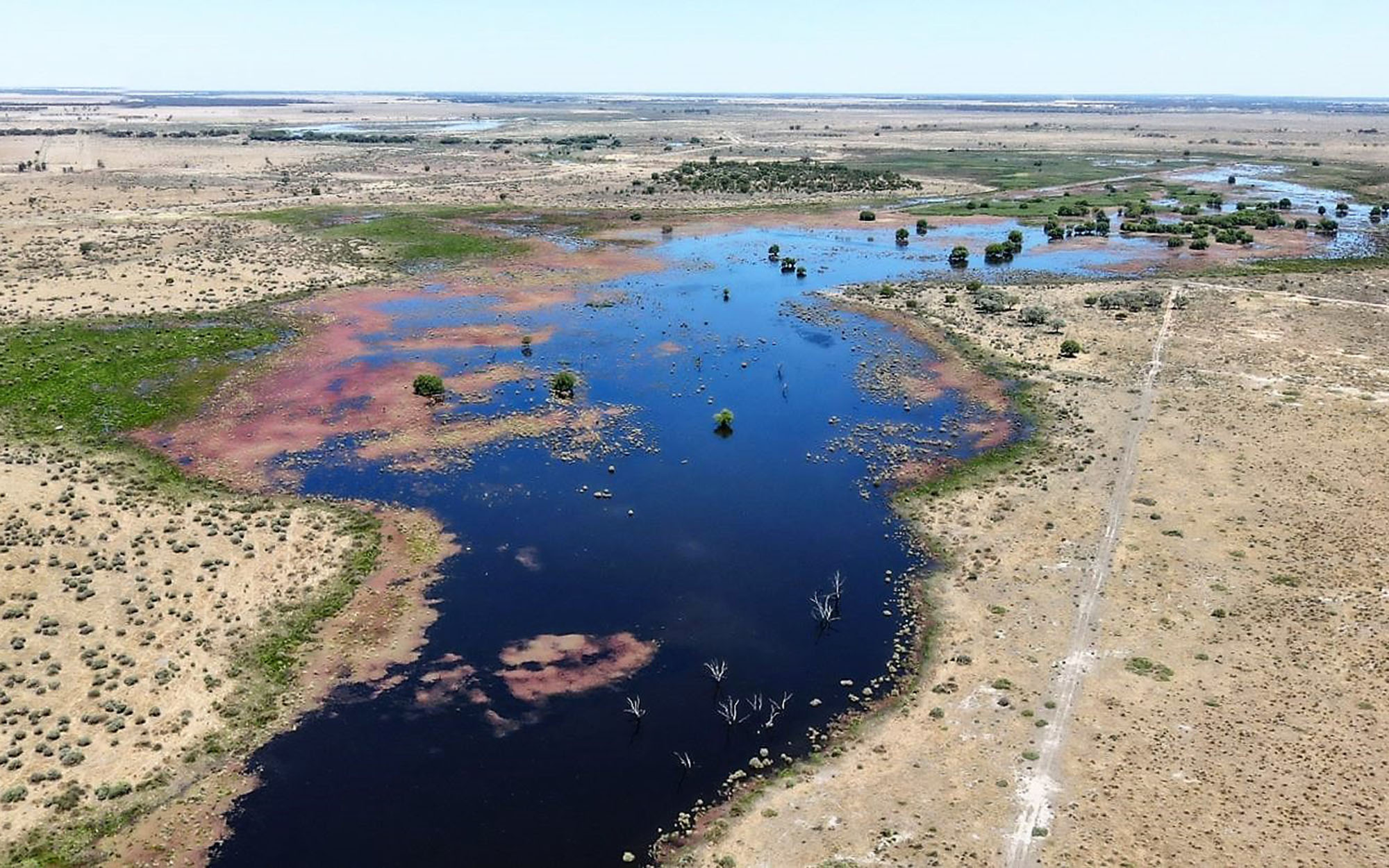Minimising the exposure of regional communities to water buybacks
The NSW Government has released its NSW Alternatives to Buybacks Plan to minimise the exposure of regional communities to water buybacks.
With the Water Amendment (Restoring Our Rivers) Act 2023 now in effect, the NSW Government remains committed to delivering the Murray Darling Basin Plan in full, in partnership with the Australian Government and other Basin States, to support thriving ecosystems and economies.
The NSW Alternatives to Buybacks Plan is designed to maximise water recovery and environmental outcomes through infrastructure, rule changes and other non-purchase projects including:
- projects under the Sustainable Diversion Limit Adjustment Mechanism (SDLAM) which will contribute to returning 605 GL of water each year to the river system so that more remains for town supply, industry and agriculture
- recovery towards the 450 GL of additional environmental water.
The NSW Government will continue to engage with the community and other stakeholders on these projects and welcomes new ideas being brought forward.
NSW Alternatives to Buybacks Plan
Read the full planResearch report to inform the Alternatives to Buybacks Plan
The NSW Department of Climate Change, Energy, the Environment and Water (NSW DCCEEW) commissioned Aither to prepare a report that would help to inform NSW Government understanding of the socio and economic impacts of buybacks in Basin communities and how program design can mitigate or manage them. Aither was asked to:
- examine and identify which NSW communities (or regions) are most likely to be vulnerable to socio-economic impacts that would result from purchasing towards the 450 GL target
- analyse the extent of the impacts on those communities based on existing data and analysis
- explore elements of water purchase program design which would be most detrimental to the socio-economic welfare of affected communities identified, and
- recommend water purchase program design options that would minimise the socio-economic impact on communities identified.
The overarching finding from Aither is that buyback program design will have a substantial influence over the relative socio-economic impact of water recovery to meet the 450 GL target.
The NSW Government will continue to advocate for NSW communities in line with the advice provided by Aither, and will continue to liaise with the Australian Government, and our communities and stakeholders in NSW.
